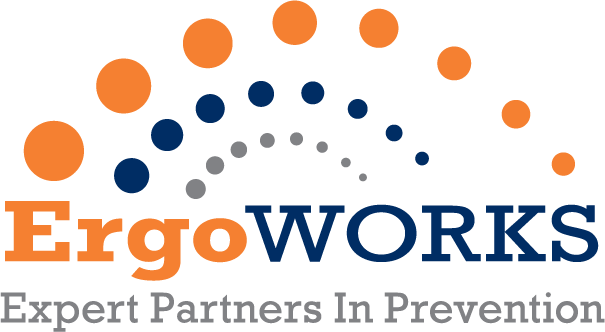Discover the causes of muscle soreness and learn effective strategies to prevent and recover from it.
Understanding the Causes of Muscle Soreness
Muscle soreness, also known as delayed onset muscle soreness (DOMS), is a common condition that occurs when you engage in physical activities that your muscles are not accustomed to. It is characterized by pain, stiffness, and tenderness in the affected muscles, usually 24 to 72 hours after exercise.
The main causes of muscle soreness include microscopic damage to muscle fibers, inflammation, and the build-up of waste products such as lactic acid. These factors contribute to the sensation of pain and discomfort in the muscles.
It's important to note that muscle soreness is a normal part of the muscle adaptation process and is usually not a cause for concern. However, severe or persistent muscle soreness may indicate an underlying injury or overexertion and should be addressed accordingly.
Preventing Muscle Soreness: Key Strategies
While it may not be possible to completely avoid muscle soreness, there are several strategies that can help minimize its severity and duration. These include:
1. Gradual Progression: Gradually increasing the intensity, duration, and frequency of your workouts can help your muscles adapt and reduce the risk of excessive soreness.
2. Warm-up and Cool-down: Performing a proper warm-up and cool-down routine before and after exercise can help prepare your muscles for activity and promote recovery.
3. Stretching: Incorporating regular stretching exercises into your fitness routine can help improve flexibility and reduce muscle tightness, which may contribute to soreness.
4. Hydration and Nutrition: Staying hydrated and consuming a balanced diet rich in nutrients can support muscle recovery and reduce the risk of muscle soreness.
5. Rest and Recovery: Giving your muscles adequate time to rest and recover between workouts is crucial for preventing excessive muscle soreness and promoting overall muscle health.
By following these prevention strategies, you can minimize the likelihood and intensity of muscle soreness, allowing you to continue your fitness journey with reduced discomfort.
Recovering from Muscle Soreness: Effective Techniques
While muscle soreness is a natural part of the muscle adaptation process, there are several techniques that can help speed up recovery and alleviate discomfort. These include:
1. Apply Heat: Applying heat, such as using a warm towel or taking a warm bath, can help increase blood flow to the sore muscles, promoting relaxation and reducing pain.
2. Apply Ice: Applying ice or a cold pack to the affected muscles can help reduce inflammation and numb the area, providing temporary relief from soreness.
3. Movement: Engaging in gentle, low-impact exercises or activities can help increase blood flow to the muscles, promoting healing and reducing stiffness.
4. Stretching: Gentle stretching exercises can help improve flexibility, reduce muscle tightness, and alleviate muscle soreness.
5. Self-Assess Symptoms: Pay attention to the severity and duration of your muscle soreness. If the pain is severe, persistent, or accompanied by other concerning symptoms, it's important to seek medical care.
6. Soft Supports: Using soft supports, such as compression sleeves or elastic bandages, can provide additional support to the muscles and help alleviate soreness.
7. Use Kinesio Tape on Sore Muscles: Applying kinesio tape to the sore muscles can help provide support, reduce pain, and improve muscle function.
By incorporating these recovery techniques into your routine, you can enhance the healing process and reduce the duration of muscle soreness.
Self-Assessment: Identifying Serious Muscle Soreness
While muscle soreness is generally harmless and resolves on its own, it's important to be able to differentiate between normal soreness and potentially serious muscle injuries. Here are some signs that may indicate serious muscle soreness:
- Severe pain that persists for more than a few days
- Inability to perform daily activities
- Swelling or redness in the affected area
- Weakness or loss of function in the muscles
If you experience any of these symptoms, it's crucial to seek medical care to rule out any underlying muscle injuries or conditions.
Remember, it's always better to err on the side of caution when it comes to your health.
When to Seek Medical Care for Muscle Soreness
In most cases, muscle soreness can be managed at home with self-care techniques. However, there are certain situations where medical care should be sought. These include:
- Severe or persistent muscle soreness that does not improve with rest and self-care
- Muscle soreness accompanied by severe swelling, redness, or bruising
- Inability to move or use the affected muscles
- Fever or other signs of infection
- Muscle soreness following a traumatic injury or accident
If you experience any of these symptoms, it's important to consult a healthcare professional for a proper diagnosis and appropriate treatment.
Remember, your health and well-being should always be a top priority.


